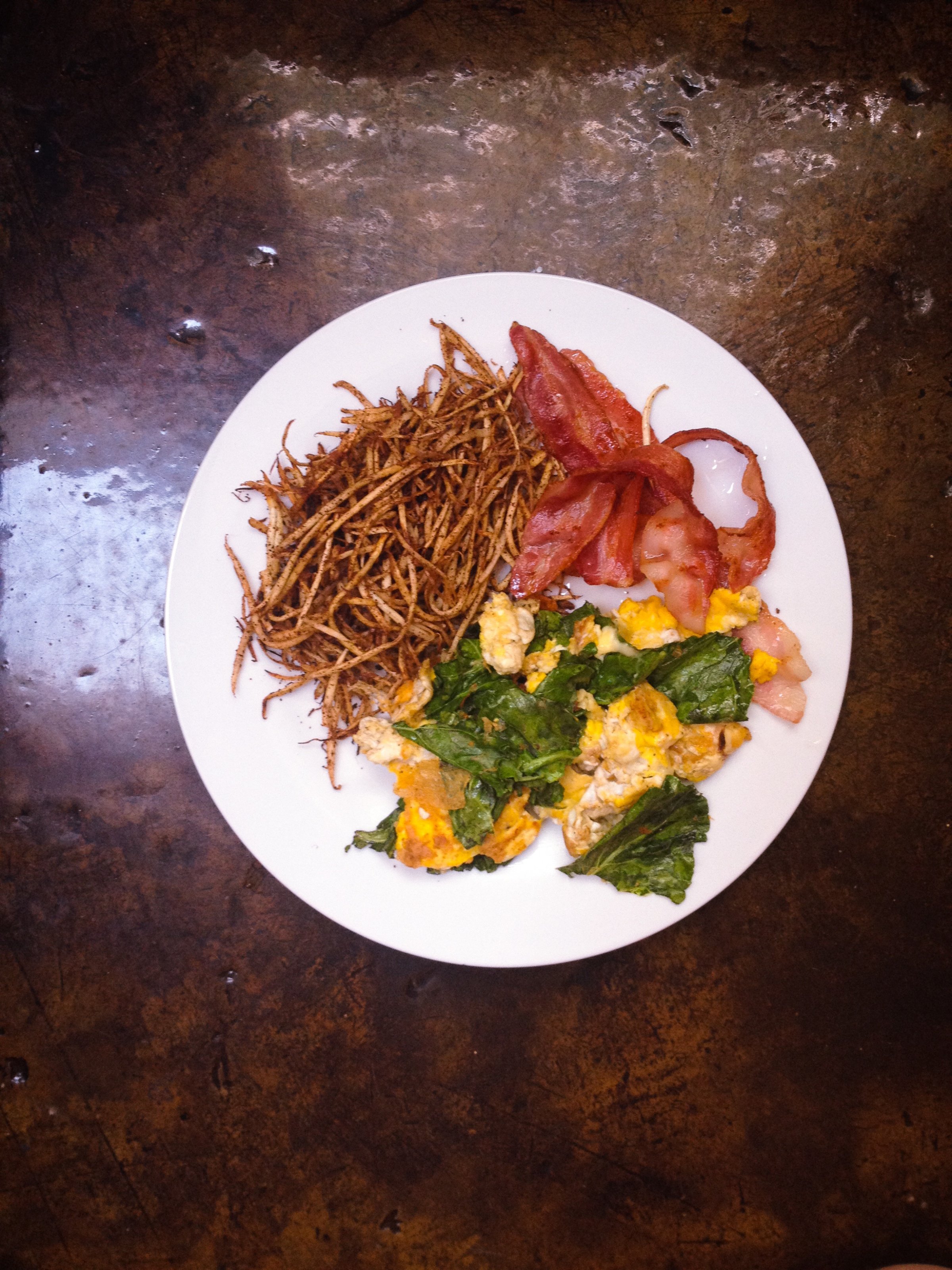
For weight loss, the paleo diet, which is what our ancestors ate when they had to hunt or gather their food instead of growing it, seems like a good idea. It’s high in protein and fiber—and anyone who’s ever tried to lose weight has been told that the secrets to slimming down are protein and fiber, which take longer to transit down the digestive system making us feel fuller longer. Processed carbohydrates, on the other hand, zip through our system making us hungry seeminly minutes after we’ve put down the fork.
The high-fiber part, paleo diet devotees maintain, is the key. Because fiber is bulkier and harder to digest, it serves as an appetite suppressant by effectively turning off hunger signals. Except that’s not what scientists found when they put the ancient paleo diet to the test—in a test tube.
MORE: The Paleo Diet Craze: What’s Right and Wrong About Eating Like a Caveman
Gary Frost, from Imperial College London, and his colleagues wanted to confirm how our Paleolithic ancestors addressed their energy needs. So they took fecal samples, full of the gut microbes that are known to digest and break down foods, from three grass-grazing baboons (who ate similarly to the way human ancestors did) as well as from three human subjects. They then added digested solutions of either a grass-based diet or a potato-heavy one to each, to see how the composition of the bacteria changed in response to the food.
They expected that the baboon samples with the grass-based diet would produce the highest amounts of appetite-suppressing hormones, thanks to the bulky nature of the grass. Instead, they found that the potato-based diet produced higher levels of these hormones. Frost says that makes sense, since grasses aren’t very high in nutrients or energy, so our ancestors would have had to graze pretty constantly throughout the day in order get enough from the grass. But that’s in a test tube and based on the actual way Paleolithics ate. What about the modern paleo diet? Should you ditch the promise altogether?
MORE: Overcoming Obesity
No. The modern paleo diet likely, however, does do a much better job in keeping appetite in check.
The kind of grasses our ancestors ate contain insoluble fibers that the body doesn’t break down much, so they may not trigger appetite suppressing signals of other kinds of fiber. That doesn’t mean insoluble fiber isn’t good for you; it is. It’s what’s in leafy greens, some fruit, and lots of vegetables. But it doesn’t send your brain the satiety signal the way soluble fiber does. Soluble fiber, however, is metabolized by the body to produce compounds that set off the signal to the brain that the body has had enough.
The bottom line? All fiber is good fiber, but if you’re trying to lose weight or control cravings, make sure you’re getting plenty of the soluble kind, which can be found in a healthy modern paleo diet. Think: lentils and beans, fruit, nuts, flaxseeds, cucumbers, celery, and carrots.
If you want to eat your way to a satisfied (and suppressed) appetite, a protein and soluble-fiber rich diet may be the way to go.
More Must-Reads from TIME
- Cybersecurity Experts Are Sounding the Alarm on DOGE
- Meet the 2025 Women of the Year
- The Harsh Truth About Disability Inclusion
- Why Do More Young Adults Have Cancer?
- Colman Domingo Leads With Radical Love
- How to Get Better at Doing Things Alone
- Michelle Zauner Stares Down the Darkness
Contact us at letters@time.com